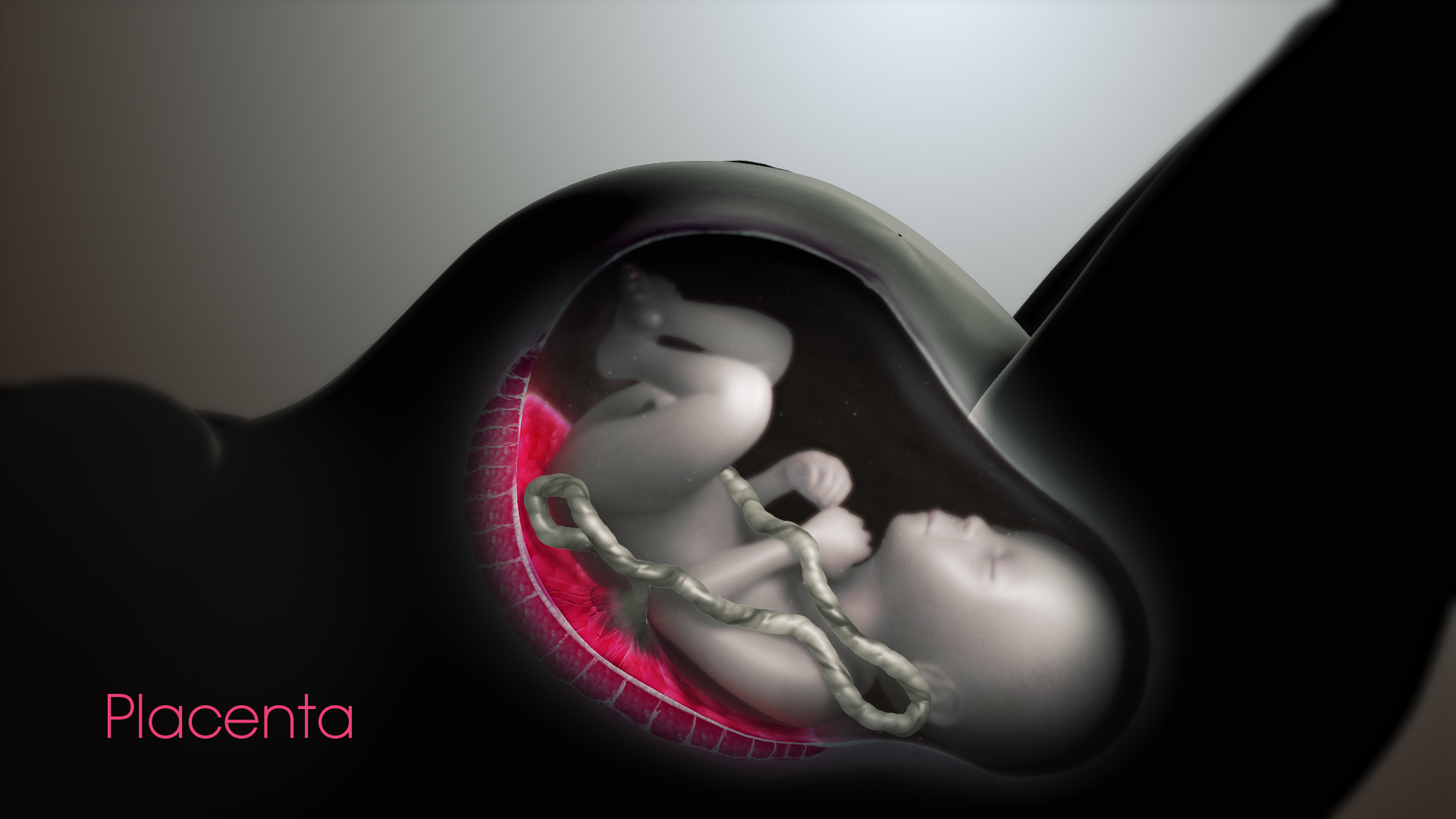“Placenta is an underappreciated and an understudied organ. It is the only organ we grow and discard and grow again.” says the acting director of the National Institute of Child Health and Human Development (NICHD).
Tethered by the umbilical cord of the fetus on one end and embedded in the mother’s uterine wall on the other, placenta is a structure responsible for sustaining a fetus as it grows into a baby. It not just nourishes the fetus by providing it the requisite nutrients and oxygen, but also eliminates waste, regulates fetal temperature, and produces hormones.
Over the course of a pregnancy, the placenta grows bigger in size, and develops folds and crevices. With the change in structure, a promotion occurs in its functions too. While in early pregnancy the placental cells are dedicated to invading the uterine lining, as the weeks go by, the placenta begins to remove waste like the kidneys and liver; provide oxygenation like the lungs; and even handle circulation.
For an organ to perform so many jobs single-handedly, that would otherwise be governed by separate organs, is remarkable.
However, relative to its importance, the knowledge we have about it is scarce. This is because most of it comes from having studied the placenta after a pregnancy is complete. And why not? It makes sense, both practically and ethically, to examine the placenta once the mother and baby are done utilizing it.
Why we need to study placenta real time?
Looking at a placenta after pregnancy is like looking at a tree trunk stump and trying to understand what that tree was like as a sapling. Just like the fetus grows, the placenta does too. And it’s very different at 20 weeks, versus 30 weeks, versus 40 weeks.
A major chunk of complications in pregnancy, including growth restriction in a baby, seem to originate from inefficient placental oxygenation. But since the value of standard placental oxygenation in a normal pregnancy is unknown, there’s no way to examine the condition to determine what’s wrong and by how much.
Even when researchers are able to study a younger placenta in case of a premature birth, there are inherent limitations to what they can learn. Since preterm birth is not a normal outcome in a healthy pregnancy, a placenta from a woman who gives birth prematurely is not necessarily normal either.
Therefore, understanding placenta in vivo, rather than just in vitro, is extremely important to better understand its functioning.
A Fitbit for Placenta: Portable, Wireless and Absolutely Safe!
To understand placenta’s most essential roles, and letting the doctors detect critical conditions like preeclampsia before they pose serious health risks, a handheld imaging device has recently been developed that can be placed on a pregnant woman’s abdomen. The device works by emitting near-infrared light towards the placenta, then measuring the wavelength of reflected light to detect placental oxygenation.
The real-time tracking device is comparable to a Fitbit as it promises useful data without being invasive; the only difference being that it is made to shine on the placenta instead of being tied on the wrist.
Acetaminophen: Pregnancy Caution?
A recent study published in the Journal of the American Medical Association (JAMA) Pediatrics has linked taking acetaminophen during pregnancy with conduct disorders and hyperactivity in children. Read More..









